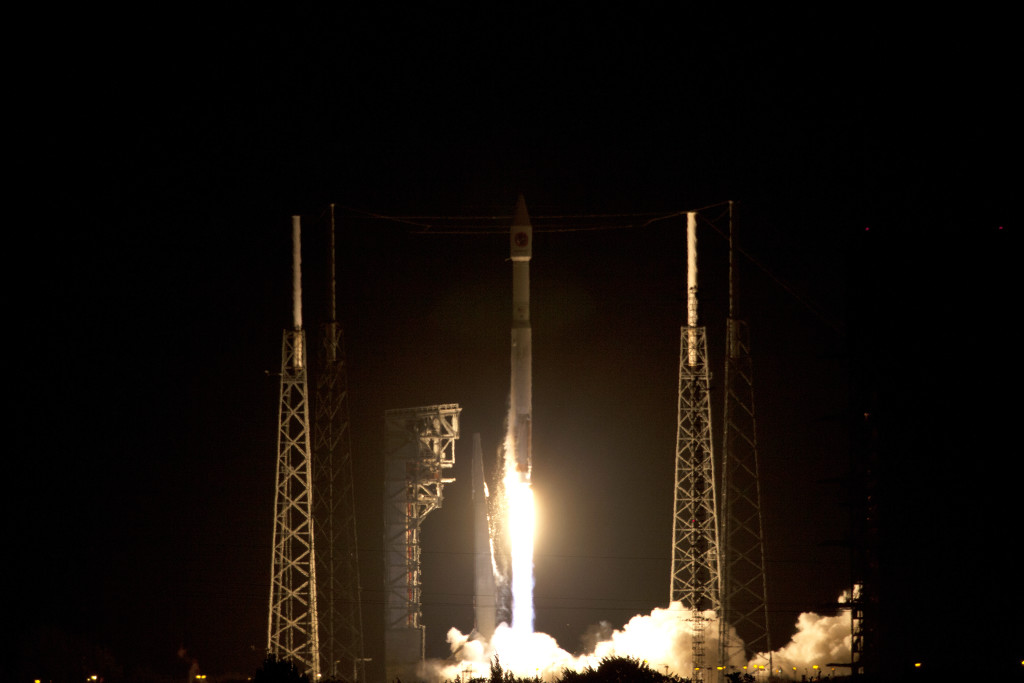United Launch Alliance and Orbital ATK’s Launch Readiness Review for the Atlas V rocket with the Cygnus cargo resupply module was held April 15 at Cape Canaveral Air Force Station in Florida. Launch managers from ULA, Orbital ATK and NASA determined all is ready for a targeted launch to the International Space Station on Tuesday, April 18. The liftoff from Space Launch Complex 41 is scheduled for 11:11 a.m. EDT and there is a 30-minute launch opportunity available.
NASA TV launch coverage will begin at 10 a.m. EDT on air and streaming at www.nasa.gov/ntv. Ten minutes prior to liftoff, NASA TV’s YouTube channel will debut full, 360 coverage of the launch at http://youtube.com/nasatelevision
Learn more about the 360 video coverage at https://go.nasa.gov/2ove1Yw









